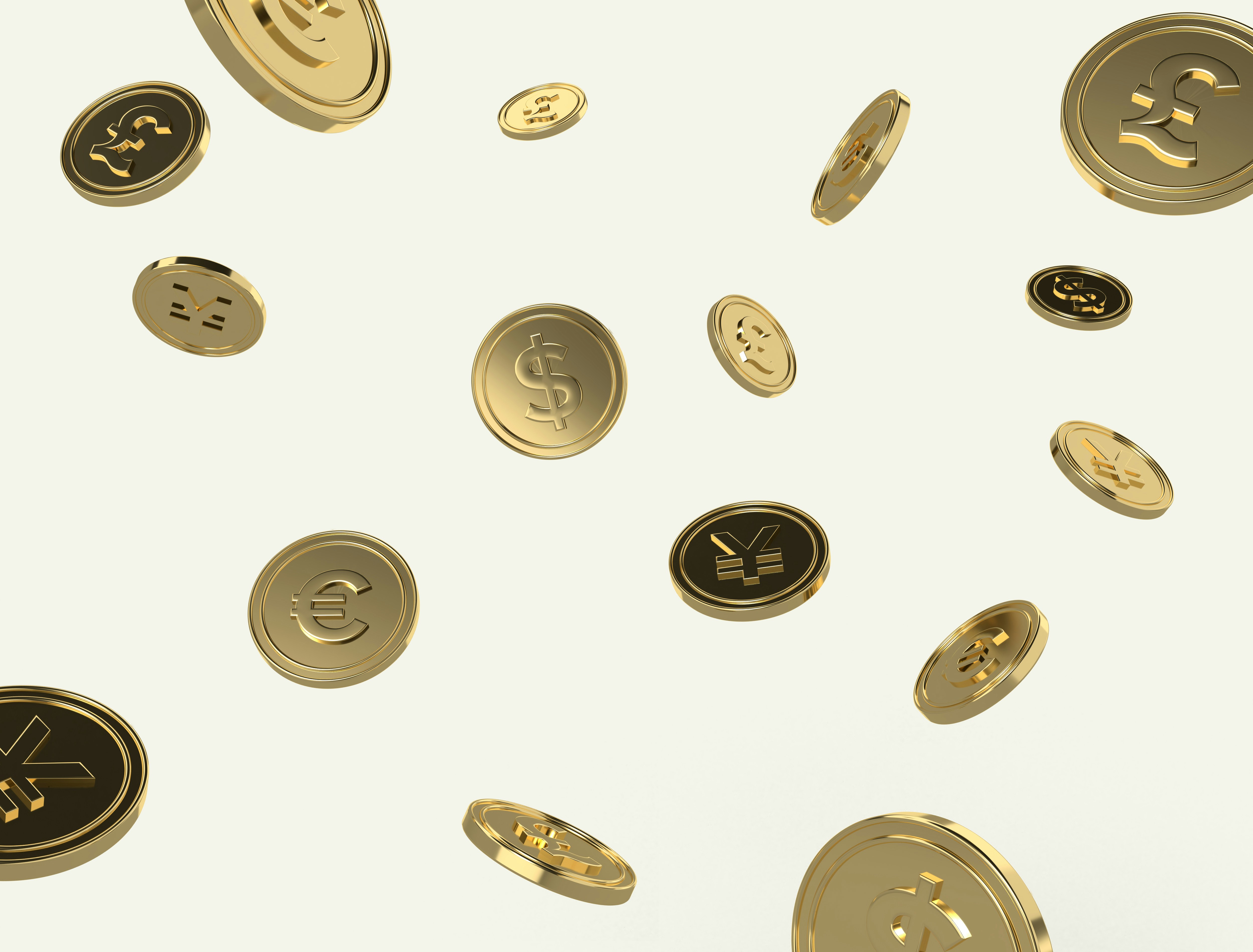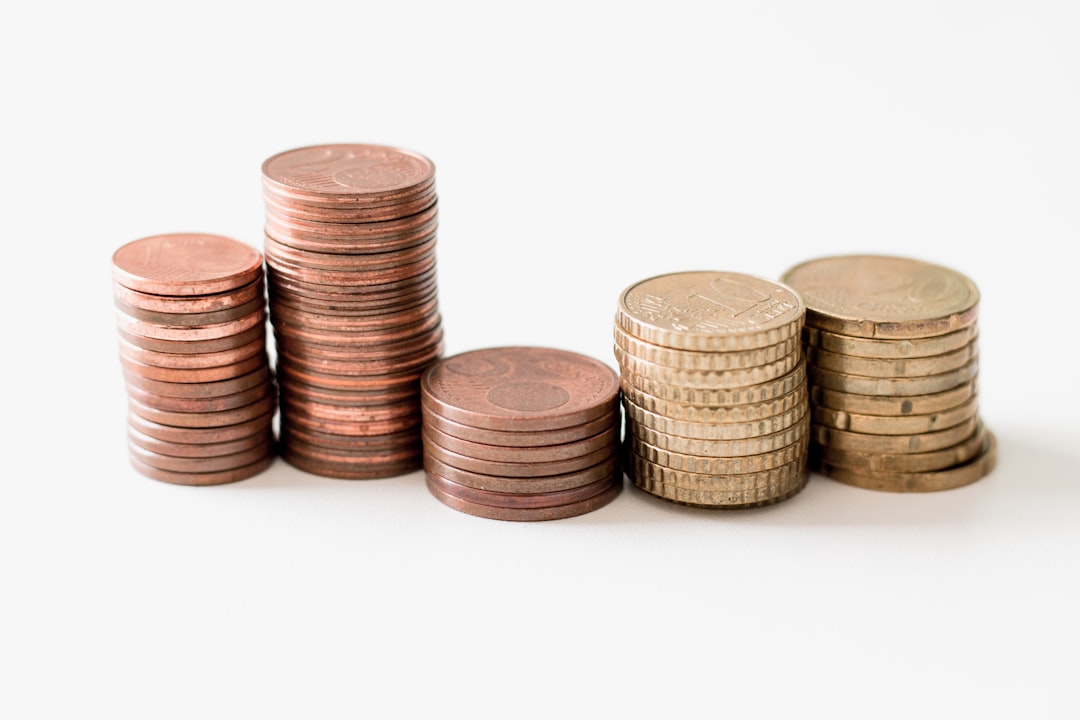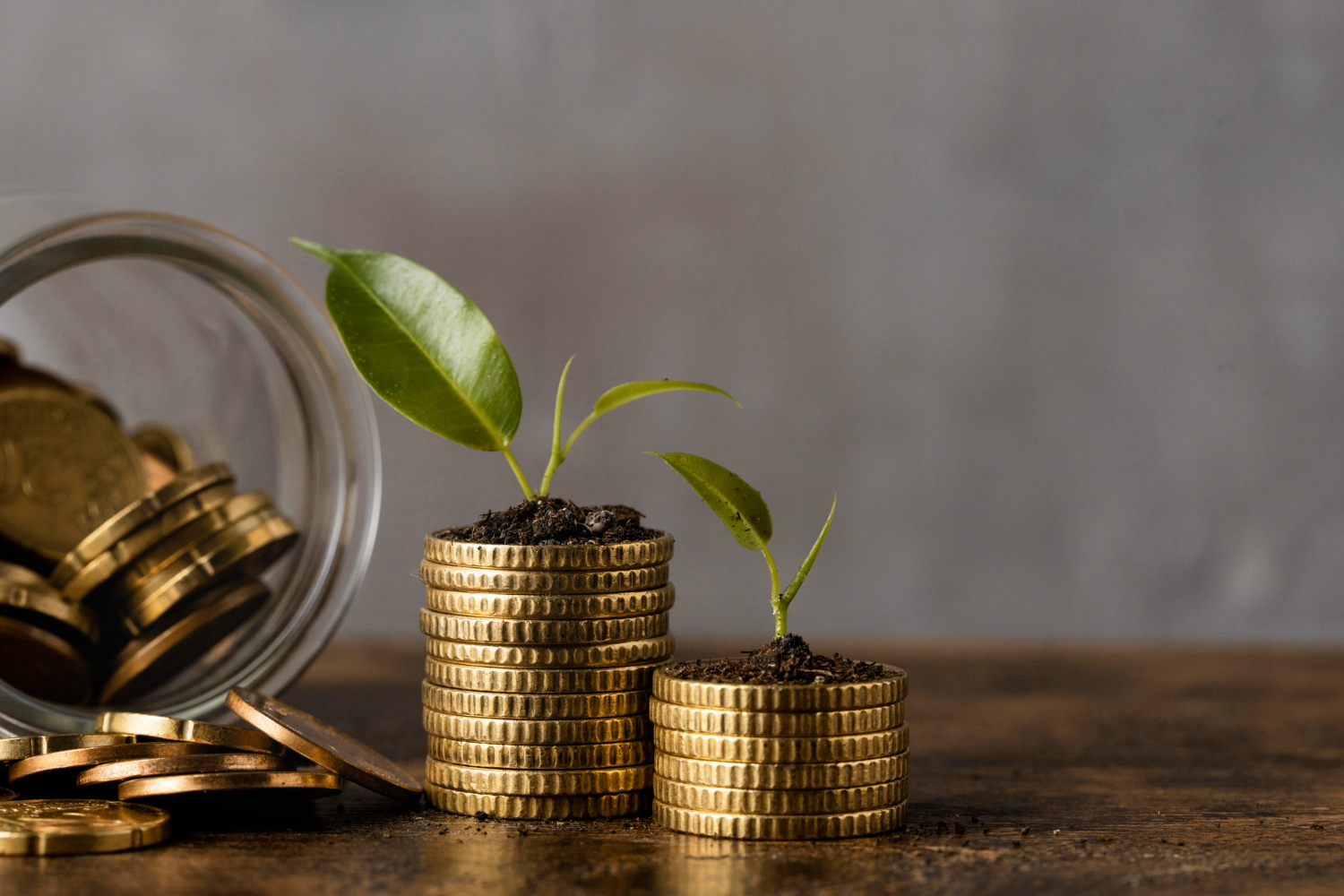Are you looking for a safe and reliable way to grow your savings? Fixed deposits (FDs) have long been a popular investment option in India, offering guaranteed returns and low risk. But how do fixed deposit returns stack up against high-yield investments? In this article, we’ll explore the benefits and drawbacks of FDs. Furthermore, we will compare them with high-yield savings accounts and share strategies to maximize your FD returns.
Understanding Fixed Deposits
Fixed deposits are a popular choice for those seeking a secure investment option with guaranteed returns. Below are the key features that make FDs stand out in the investment landscape:
What Makes FDs Unique?
Fixed deposits are unique investment products that offer guaranteed returns over a fixed tenure. When you invest in an FD, you lock in your funds for a specific period. The fixed deposit maturity period can range from a few months to several years. During this time, your money earns interest at a predetermined rate, providing a predictable return on your investment.
One of the key advantages of FDs is their low-risk nature. Unlike market-linked investments such as mutual funds or stocks, FDs are not subject to market fluctuations. Your principal amount and interest earnings are secure, making FDs an attractive option for risk-averse investors.
Comparing FD Returns with Savings Accounts
While FDs offer higher interest rates than traditional savings accounts, it’s essential to understand the differences between the two. Let’s compare the interest rates of fixed deposit vs savings accounts:
|
Investment Option |
Interest Rate |
|
Savings Account |
3.1% – 4.1% |
|
Fixed Deposit |
9% – 9.4% |
As you can see, FDs typically offer 1.5% to 3.5% higher interest rates than savings accounts. This difference can significantly impact your earnings over time, especially if you invest a substantial amount.
Maximizing Your FD Returns
Maximizing your fixed deposit returns involves strategic planning and informed choices. Additionally, knowing about fixed deposit tax benefits can improve your overall returns. Here are some effective strategies to help you enhance your earnings:
Ladder Your FDs
One effective strategy to maximize your FD returns is laddering. Fixed Deposit laddering involves investing in multiple FDs with different maturity periods. By staggering your investments, you can benefit from higher interest rates on longer-term FDs while maintaining liquidity through shorter-term deposits.
Here’s an example of how FD laddering works:
|
FD Amount |
Tenure |
Interest Rate |
|
₹1 lakh |
1 year |
9.1% |
|
₹1 lakh |
2 year |
9.6% |
|
₹1 lakh |
3 year |
10.1% |
Dividing your investment into three FDs with different tenures can earn higher interest on a portion of your funds. You can do all this while having access to liquidity at regular intervals.
Consider Cumulative FDs
Cumulative FDs are another way to maximize your returns. With a cumulative FD, the interest earned is reinvested into the deposit, allowing your money to grow through compound interest. Over time, this can lead to significantly higher returns compared to non-cumulative FDs, where interest is paid out periodically.
Let’s look at an example to understand the power of compounding:
FD Amount: ₹1 lakh
Tenure: 3 years
Interest Rate: 9.1% per annum
Cumulative FD:
Maturity Amount = ₹1,29,950
Total Interest Earned = ₹29,950
Non-Cumulative FD (interest paid annually):
Maturity Amount = ₹1,27,300
Total Interest Earned = ₹27,300
As you can see, the cumulative FD earns ₹2,650 more in interest compared to the non-cumulative FD.
Take Advantage of Higher Rates for Senior Citizens
If you or your parents are senior citizens, you can benefit from higher FD interest rates. Most banks and financial institutions offer an additional 0.25% to 0.75% interest for senior citizen FDs.
For example, if the regular FD rate is 6%, senior citizens may earn 6.25% to 6.75% on their deposits. This can lead to substantial earnings over time.
FDs vs. High-Yield Savings Accounts
While FDs offer attractive returns, it’s worth comparing them with high-yield savings accounts. High-yield savings accounts provide higher interest rates than traditional savings accounts, making them a viable alternative to FDs. However, there are some key differences to consider:
-
FDs offer fixed interest rates, while high-yield savings accounts have variable rates that can change based on market conditions.
-
FDs lock in your funds for a fixed tenure. Meanwhile, high-yield savings accounts allow you to withdraw your money anytime without penalties.
-
FDs usually require a minimum deposit amount, whereas high-yield savings accounts may have lower minimum balance requirements.
Here’s a comparison table to help you understand the differences:
Feature Fixed Deposit High-Yield Savings Account
Interest Rate Fixed Variable
Liquidity Lock-in period Anytime withdrawal
Minimum Deposit Usually required Lower or no minimum balance
Returns Guaranteed Not guaranteed
Ultimately, the choice between FDs and high-yield savings accounts depends on your financial goals, risk appetite, and liquidity needs.
Conclusion
Fixed deposits offer a safe and reliable way to grow your savings, with guaranteed returns and low risk. By understanding the benefits of FDs and comparing them with high-yield savings accounts, you can make informed decisions. Implementing strategies like laddering and choosing cumulative deposits will help you maximize your FD returns.
To start your FD investment journey, consider exploring the attractive FD options offered by Airtel Finance. With competitive interest rates, flexible tenures, and easy online account opening, Airtel Finance makes it simple to grow your savings. Use the FD interest calculator to estimate your returns and take the first step towards financial security.
FAQs
1. How to get the maximum return from a Fixed Deposit?
To maximize your FD returns, consider laddering your deposits and opting for cumulative FDs. Along with this, take advantage of higher interest rates for senior citizens. Compare FD rates across financial institutions to find the best offers.
2. How to maximize fixed deposits?
Maximizing your fixed deposits involves choosing the right tenure, amount, and type of FD. Laddering your deposits, reinvesting interest earnings, and staying invested for the long term can help you optimize your returns.
3. What is the FD laddering technique?
FD laddering involves investing in multiple FDs with different maturity periods. By staggering your investments, you can benefit from higher interest rates on longer-term FDs while maintaining liquidity through shorter-term deposits.
4. How to get the highest return on FD?
To get the highest return on your FD, compare interest rates across financial institutions. Choose longer tenures for higher rates, opt for cumulative FDs, and take advantage of special rates for senior citizens. Regularly review and reinvest your FDs to benefit from compounding.
5. Are there any penalties for early withdrawal of FDs?
Yes, most banks impose penalties for early withdrawal of fixed deposits. The penalty usually involves a reduction in the interest rate, which can lower your overall returns. It’s important to consider the lock-in period before investing in an FD.


 Get App
Get App  Airtel Store
Airtel Store  Login
Login 


